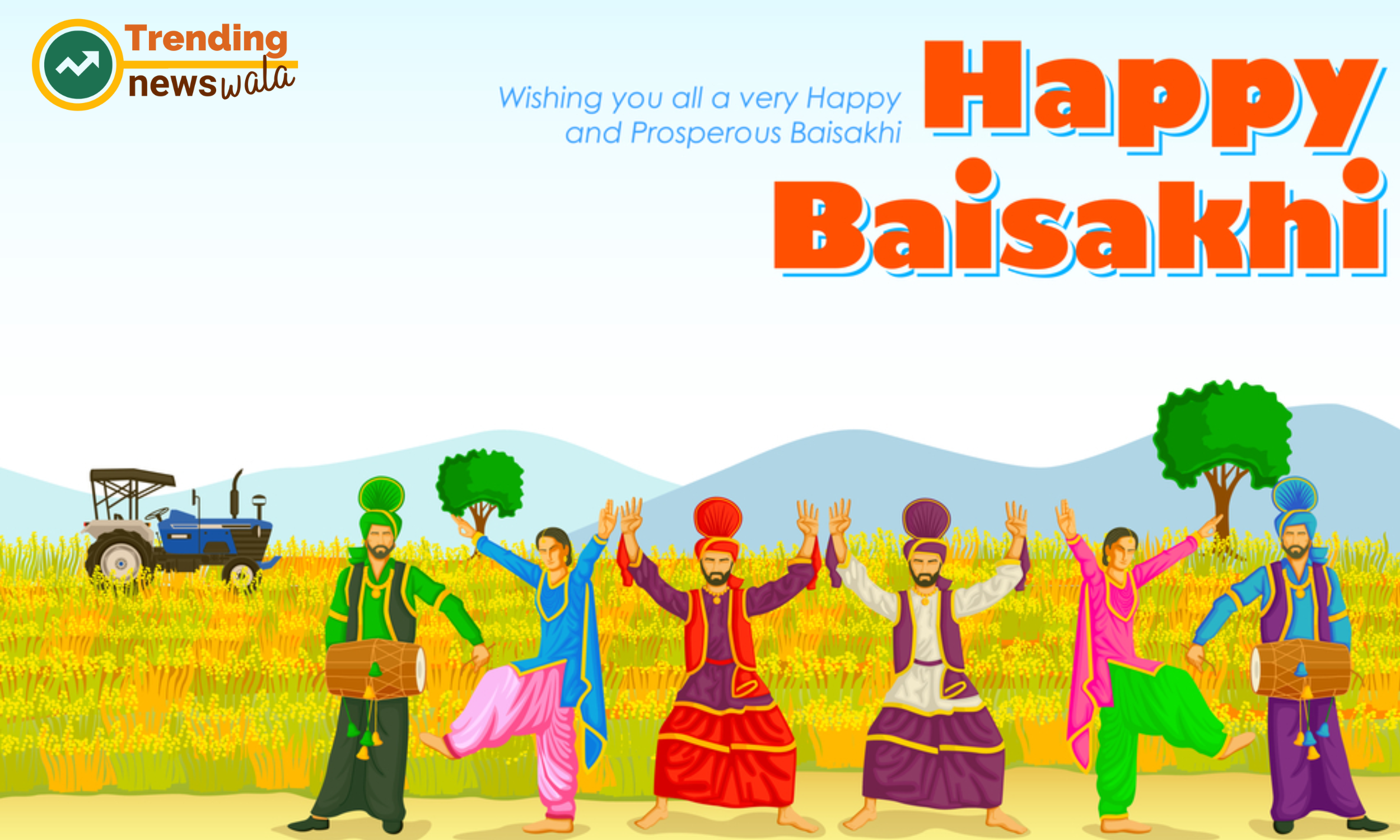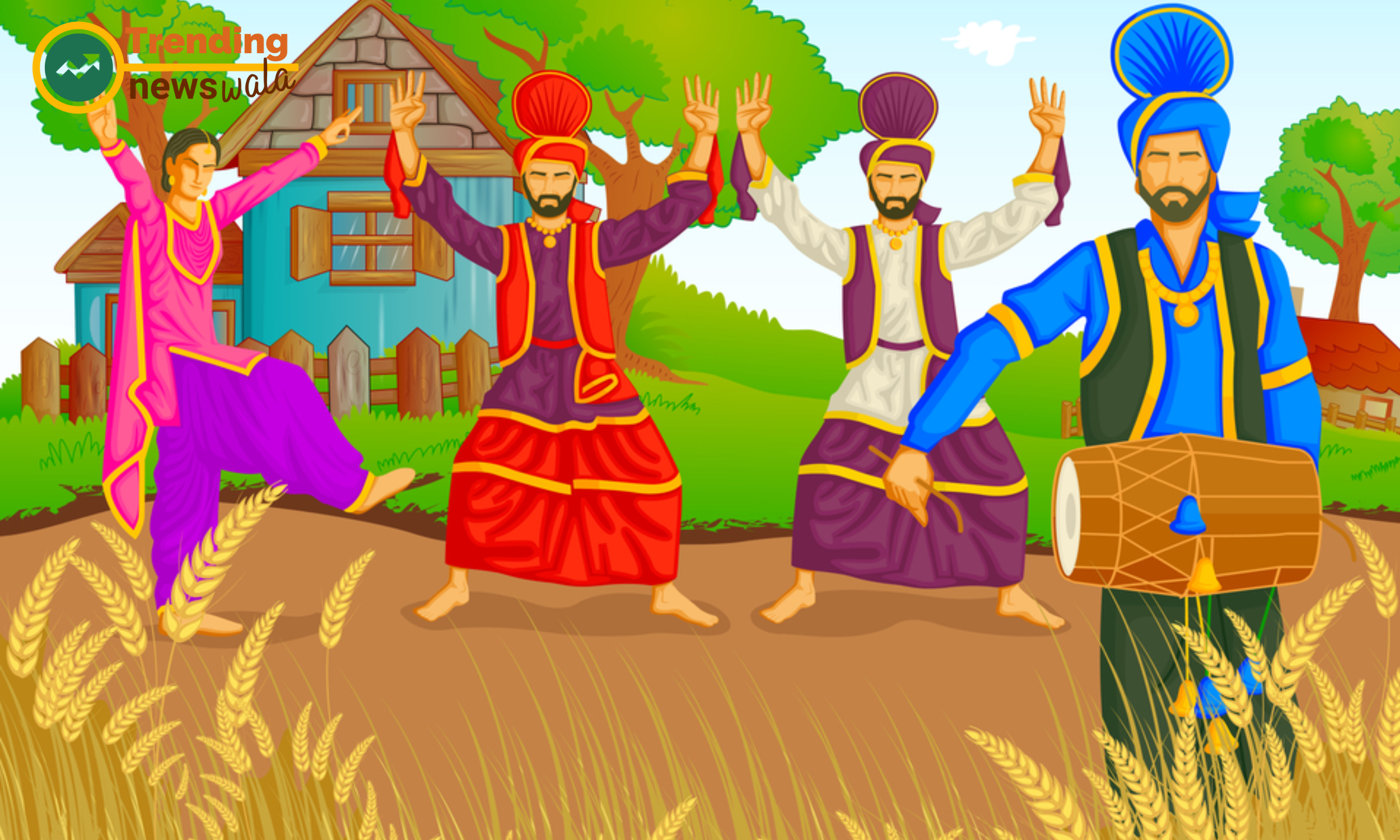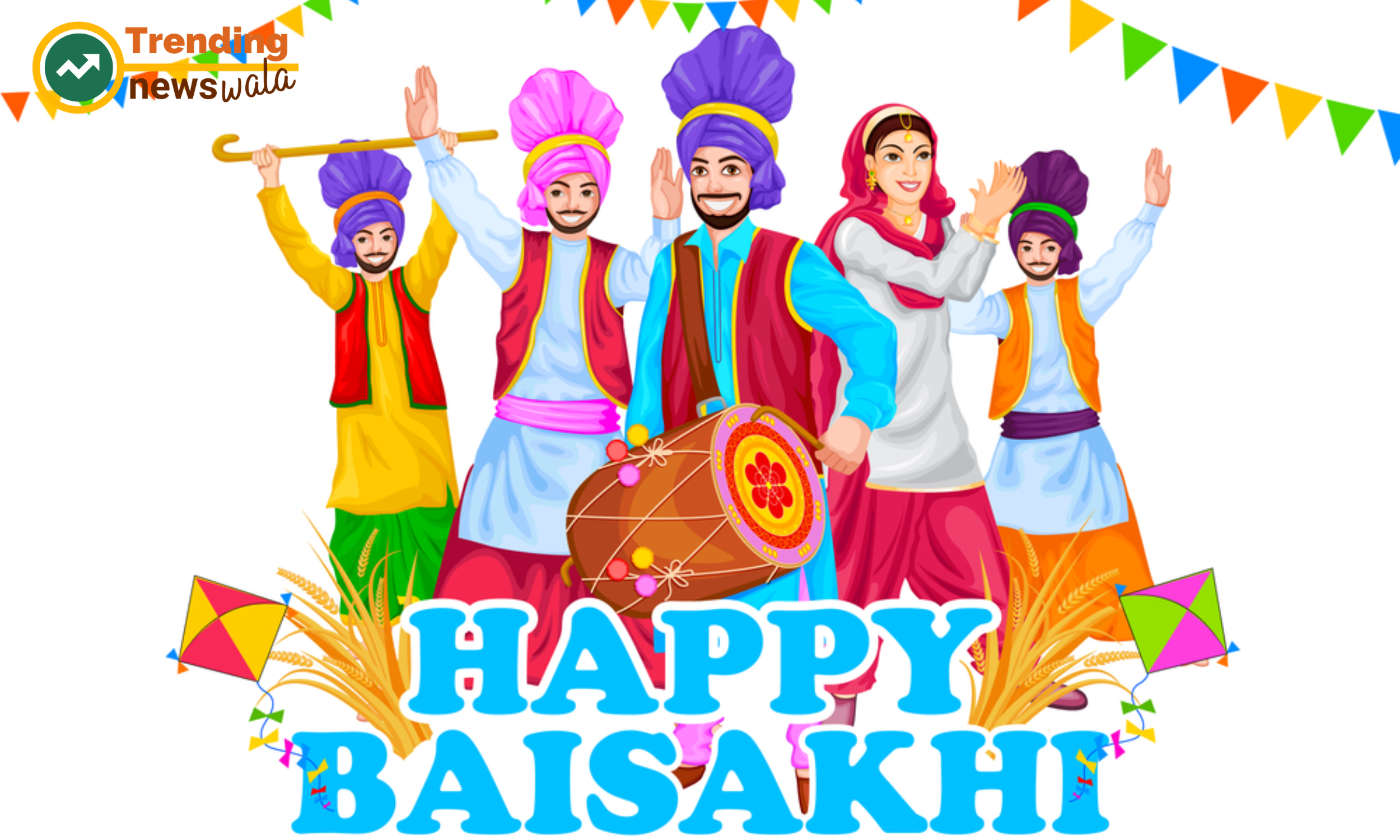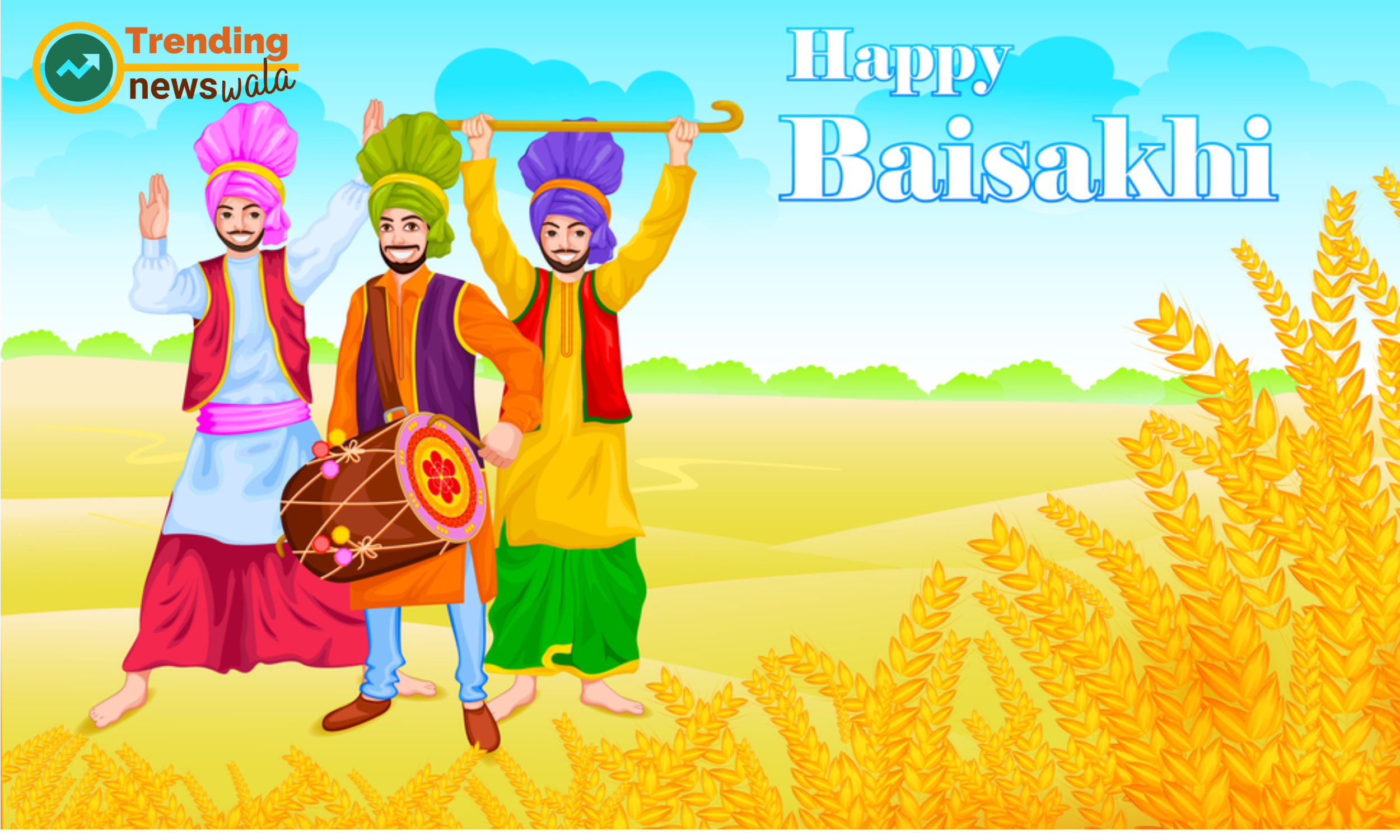Vaisakhi
The vibrant traditions and cultural significance of Vaisakhi, the cherished Sikh festival marking the birth of the Khalsa Panth and the onset of.
Aditya Pandey

Vaisakhi, also known as Baisakhi, is a vibrant and culturally significant festival celebrated in various parts of South Asia, particularly in the Punjab region. It holds immense religious, cultural, and historical significance for different communities, marking the start of the Sikh New Year and commemorating the formation of the Khalsa Panth (Sikh brotherhood) in 1699 by Guru Gobind Singh Ji, the tenth Sikh Guru.
Overall, Vaisakhi is a joyous occasion that celebrates the spirit of unity, resilience, and spiritual awakening. It encapsulates the values of Sikhism, including devotion, service, and the pursuit of justice, while also embracing the rich cultural heritage of the Punjab region.
Vaisakhi, also known as Baisakhi, is an auspicious festival celebrated with immense zeal and fervor by the Sikh community, particularly in the Punjab region of India and across the world. This vibrant occasion holds profound religious, cultural, and historical significance, marking the birth of the Khalsa Panth (Sikh brotherhood) and the onset of the Sikh New Year. Vaisakhi is a time of rejoicing, reflection, and communal solidarity, blending religious observances with agricultural festivities to create a unique and enriching cultural experience.
Historical and Religious Significance:
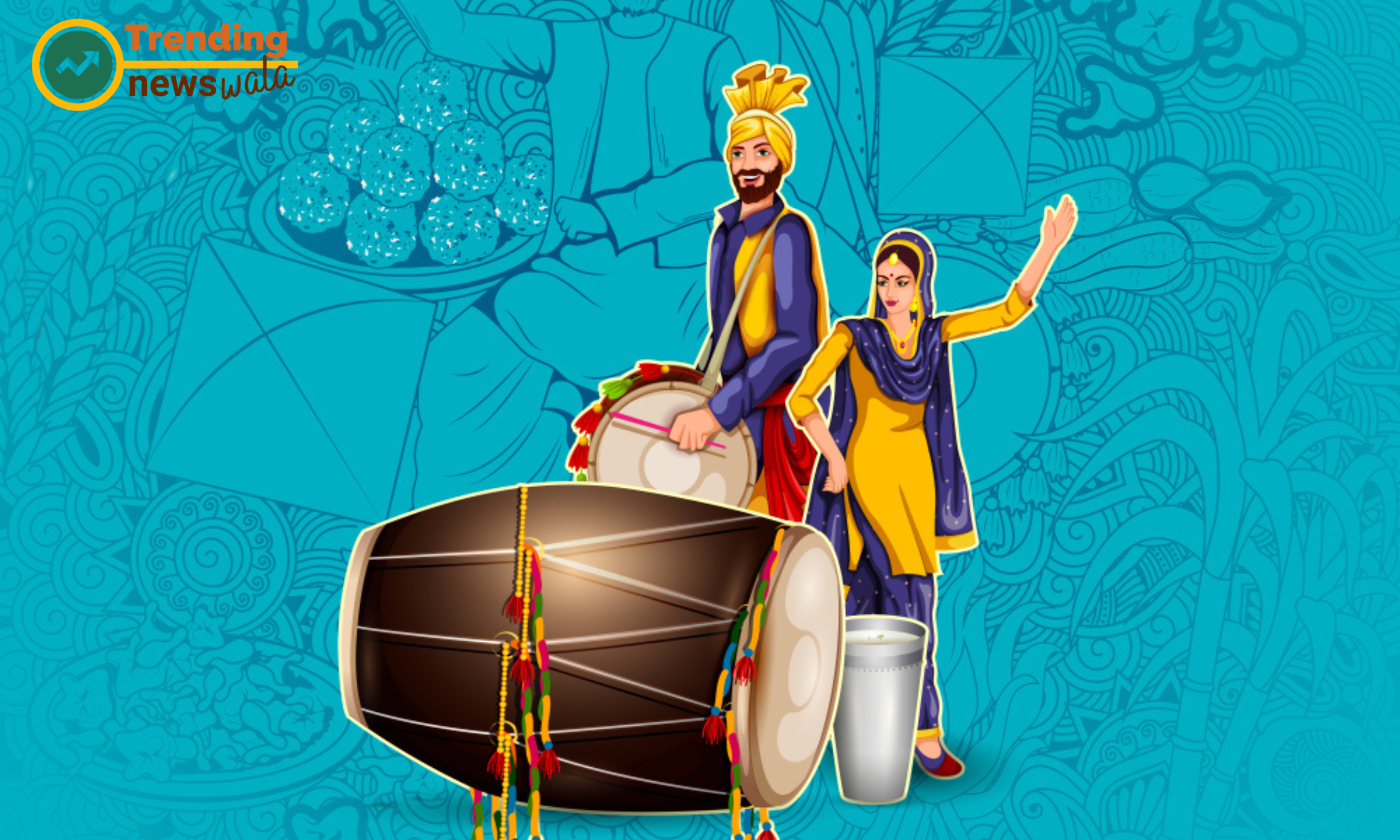
Historical and Religious Significance, Vaisakhi
Vaisakhi traces its roots back to April 13, 1699, when Guru Gobind Singh Ji, the tenth Sikh Guru, established the Khalsa Panth at Anandpur Sahib in Punjab. On this historic day, Guru Gobind Singh Ji called upon Sikhs to uphold the principles of righteousness, equality, and courage, forming a distinct community dedicated to defending the oppressed and promoting justice. The initiation ceremony, known as Amrit Sanskar or Amrit Parchar, involved the baptism of the Panj Pyare (Five Beloved Ones) and the adoption of the Five Ks (articles of faith), symbolizing a commitment to Sikh values and identity.
Historical Origins: Vaisakhi finds its origins in the events of April 13, 1699, a pivotal moment in Sikh history that unfolded in the town of Anandpur Sahib, located in present-day Punjab, India. It was on this day that Guru Gobind Singh Ji, the tenth Sikh Guru, summoned Sikhs from far and wide to gather for a momentous assembly. Standing before a multitude of devotees, Guru Gobind Singh Ji addressed the crowd with a stirring call to uphold righteousness and defend the oppressed.

